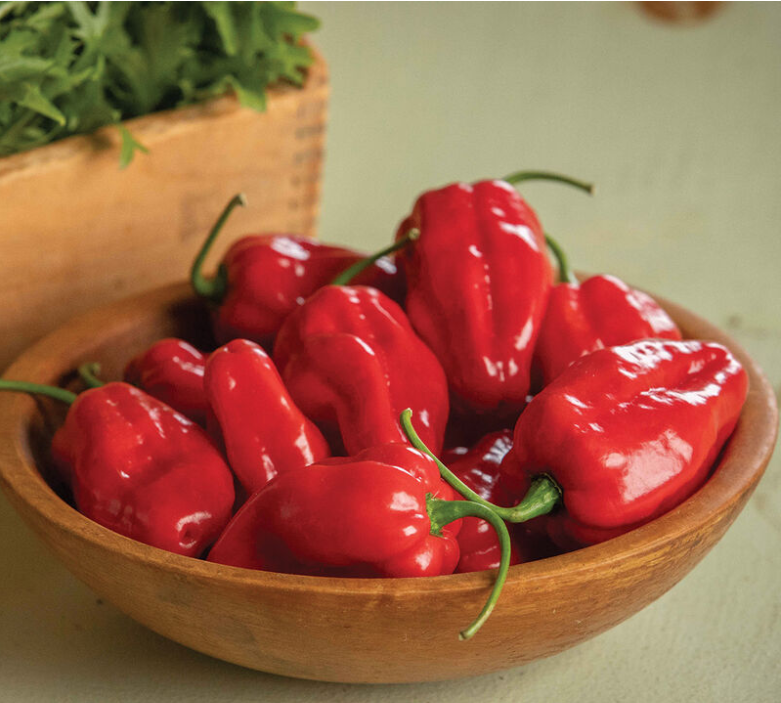Sooooo cute, right?!
This time of year always feels exciting. Each time I open the greenhouse door, I squeal in delight at the ever increasing number of seedlings filling up the space and growing bigger by the day. Each trip across the field takes twice as long because I stop to look at the anemones starting to flower, the garlic peeking through the leaf mulch, and the baby lettuce just… being cute. Even the routine tasks feel exciting by virtue of occurring this time of year. They’re so full of firsts! (Aww, it’s our first time transplanting vegetables this year! Aww, we’re seeding our first scallion succession of 2025!) We seed and transplant - quite literally - tens of thousands of plants every year. And yet, somehow, it still feels novel for me in March.
We’re starting to fill up the high tunnels with early season crops - lettuce, bok choy, broccoli rabe, and Hakurei turnips as well as ranunculus, anemones, and godetia. We’ll transplant our first field crop (another first!) this week when we tuck the sugar snap peas into the ground.
On the infrastructure side, we’re expanding and redesigning the wash station. It’s been 7 years since the wash station was built, and since then, the business has definitely grown. Storage space was hard to come by last year, and arranging work spaces needed careful choreography to keep vegetable washing water away from flower bouquets and paper sleeves. Now, we have the opportunity to reimagine how the space is used while Aaron builds an extension to the roof, providing more covered space to work.
I think part of what keeps farming exciting for me is how straightforward it feels to change and improve - at least on the small scale. Wishing we had more vegetables in May last year? Let’s plant more in the spring of 2025! Wash station work flows were terrible last year? Let’s revise the layout this year! The tightly time-bound growing season in this region creates a fairly distinct beginning and end to the season. There’s a clear time to make do with what we have and a clear time to make improvements for the future.
On a larger scale, of course, nothing is straightforward. Climate change will continue to alter what we can grow and how we grow it. The price of food poses a significant challenge for so many people trying to feed themselves and their families. Farmland remains inaccessible for most folks. While we hold these issues in our minds and work with our network to make system-wide change, it can feel grounding to make change on a small scale within the boundaries of Four Root Farm.
It’s exciting to look at all the young plants right now and feel almost purely optimistic about how the season will progress. Inevitably, as the months go on, there will be spells of bad weather; pests will arrive; equipment will break. Standing here in March though, it’s delightful to think, “Maybe not this year!”
See you (very) soon!
Kiersten
P.S. If you’re getting excited about planning your own garden, take a look at the list of seedlings we’re offering for this year’s plant sale! We plan to be at the Wooster Square market on April 19th with limited plants and to open the website for plant sale preorders and East Haddam pickup at the beginning of May. Woohoo!
On the list of hurdles so far, the wind carried one of our tarps into the trees. Currently soliciting ideas on how to get it down. It’s very stuck.


















